Storytelling Through Photography: How To Take Better Travel Photos
Guest post by documentary photographer Willow Paule of Willow Paule Photography. She’s also one of my Travel Blog Prosperity members, and the creator of an incredible *free* online photography course. Grab your seat here!
I grew up in a small community in West Virginia.
In just second grade, I showed my mom a photo of a rice field in Java, Indonesia.
“I am going to go there,” I said confidently.
Fast forward a few decades, and I’m now a documentary photographer based in Central Java, Indonesia.
So, I guess I knew what I was talking about.
My mission as a documentary photographer is to create intentional photographs of ordinary people, while getting to know their extraordinary stories.
I feel strongly that everyone has one.
Photography is the medium through which I explore issues important to me, like women’s rights and the struggles of marginalized groups such as former prisoners and people who grew up in foster care.
Additionally, photography helps me satisfy my curiosity about micro-business owners, farming initiatives and diverse cultural practices.
After about a decade of professional photography experience — often overseas —I’ve had the chance to compile some best practices for travelers who want to visually capture a place, and the people who live there.
Do you want to know how to become a travel photographer, or at least be able to take amazing travel photos like one?
Below, find 11 tactics that will have you creating meaningful photographs of the places you visit.
And don’t forget to click here and sign up for my free storytelling photography email course, too!
Psst! Don’t forget to pin this post for later!
Storytelling Photography Definition
But first, let’s quickly define what storytelling through photography really means.
Most everyone takes photos with their phone these days, you may even feel comfortable on camera, but are you really happy with the results?
You might pick up your camera to take a photo in front of a landmark, or some beautiful food, but what are you really trying to say with those images?
Visual storytelling photography is thinking about what you want to convey with your images.
It’s also being intentional about each photograph you make, then looking at it critically to see if it fits the narrative of your story.
It’s working to create a succession of images, that, when combined, enthrall your viewers, leaving them wanting to see more. It’s creating truthful, compelling stories that really capture your experience of a place.
It’s telling stories that you’re proud of.
Luckily, photography and storytelling go hand-in-hand, with the former offering the perfect medium for the latter.
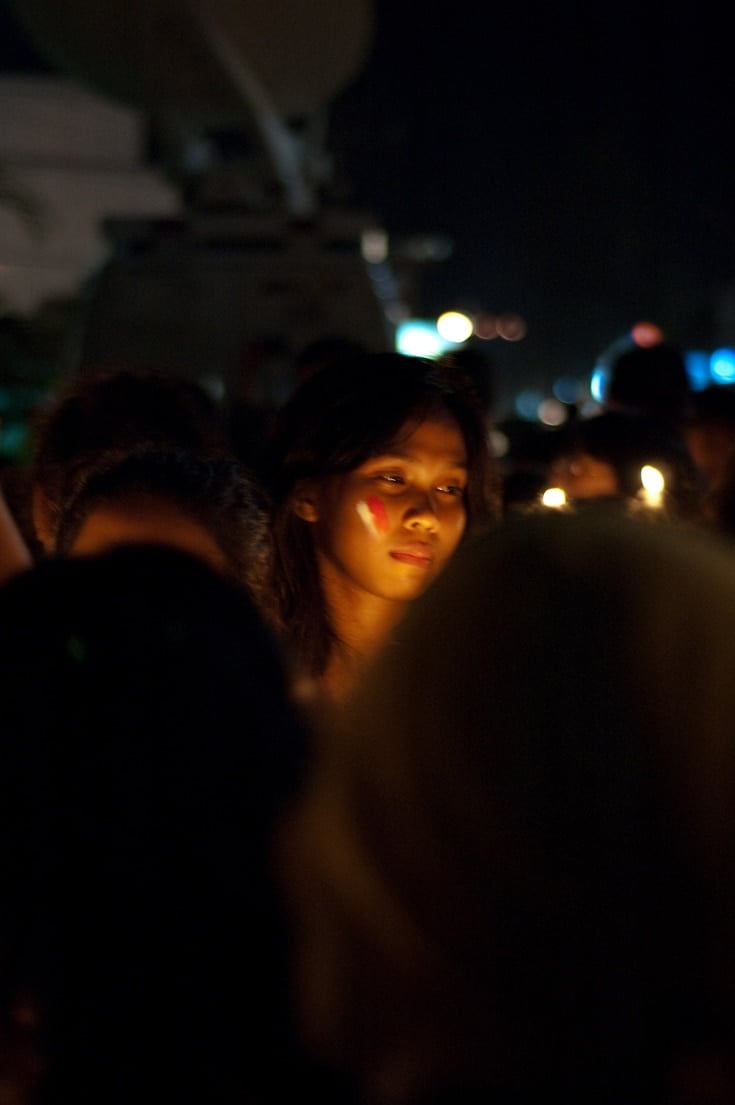
Storytelling Through Photography: 11 Powerful Travel Photojournalism Tips To Take Your Pictures Deeper
1. Put your camera down and look around to absorb the scene.
Wait, put my camera down?
This may feel counterintuitive but sometimes the best way to find what you should be photographing is to just put your camera down and observe carefully with your naked eye first.
Having your camera out and ready to lift to your eye is smart, but putting it down occasionally to survey the scene — and reassess your position — is best practice.
You won’t see what’s in your periphery if you constantly have your camera pressed to your eye.
Although most of us are photographing with digital cameras nowadays, putting some intention into finding the decisive moment is a good way to develop your photography skills.
An added benefit?
Not spending hours and hours culling through photographs that weren’t really that great.
That’s one of my most valuable travel photo tips.
Psst! Looking for photojournalism courses online?
I recently created a FREE email course that walks you through the process of creating a meaningful photo story.
By the end of one week, you’ll have a completed body of work to share!
Grab your FREE seat here (or click the graphic below)!
2. Consider how the light affects the mood of your photograph.
The word “photography” comes from the Greek root “photos” (light) and “graphe” (drawing), so understanding light is a basic component of being a good photographer.
That being said, understanding light could take a lifetime.
But here are a few tips to keep in mind and understand some of the finer points.
Take stock of what you’re seeing.
- What kind of light are you seeing?
- What will this light convey to the viewer?
Knowing the answers to these questions makes it easier to decide how you will manipulate it.
If you’re photographing in manual mode, adjust your ISO, shutter speed and aperture to correctly manage the lighting conditions.
This is one major piece of the puzzle, and I recommend mastering your SLR camera’s manual controls.
Another piece:
Being intentional about what message you’re trying to convey, and using the natural light to convey that message.
This is what will lead to better travel photography.
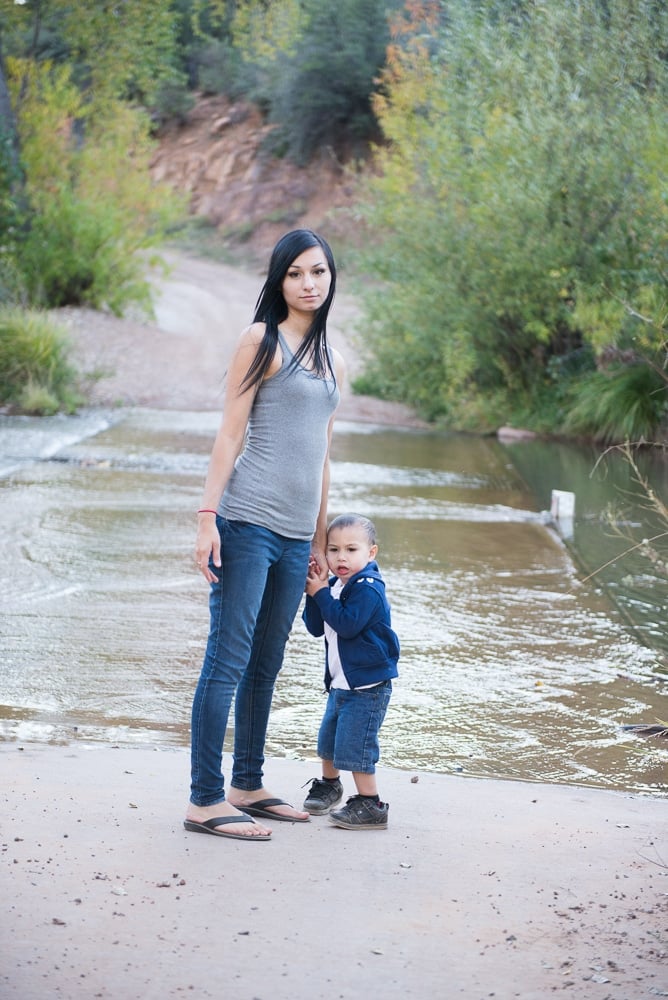
Here’s an example:
Perhaps you’re visiting places where piracy was a big problem on the Pacific Ocean.
Your travel photojournalism project involves writing about some of the more dramatic pirate attacks.
If you want to take photos that tell a story, you can wait for an overcast, cloudy day to photograph big, swirling, choppy waves and brooding, dark clouds.
Here’s another:
Maybe you’re visiting a famous surfing destination in Bali, where surfers participate in large but friendly competitions.
The competitions take place all day; however, you might consider photographing during the golden hour.
This is the time in the afternoon — just before sunset — when the light gets softer and golden-yellow.
This can show the fun and beauty of belonging to a surfing community.
If you must take photos of people at midday, remember the noon sun can be harsh and add dark shadows to their face.
Try to find a shady corner with even light.
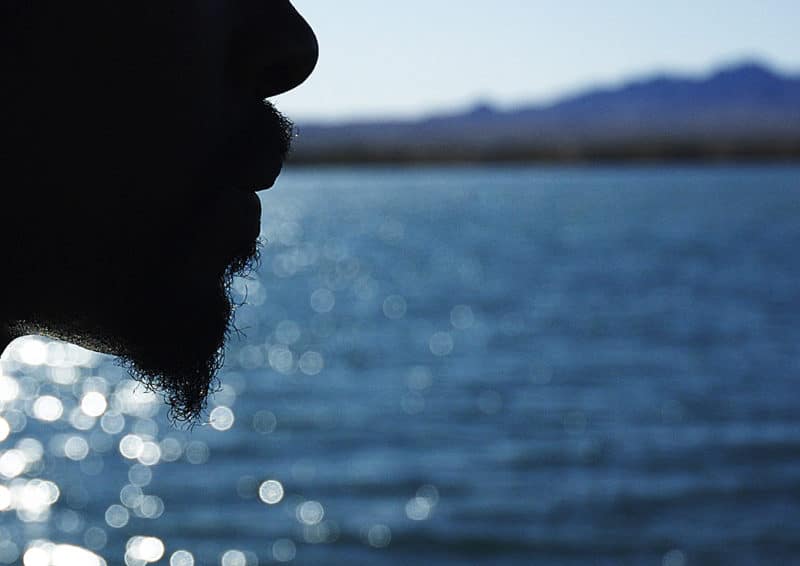
3. Move around something you’re photographing to experience it different ways.
Have you ever photographed the same thing as your travel partner and later looked at each of your photos together?
Are they similar or strikingly different?
Back in art school, my classmates and I took turns modeling for each other while the others photographed.
We were all in the same classroom photographing the same model, but we could decide how to position ourselves, and how close to stand.
Later, we printed our photographs and compared them.
It was really elucidating to see the different ways classmates approached the exact same scene, and how different the results were.
I urge you to stand up, squat down, get flat, get tall.
Photograph through windows, under chairs, look through holes.
All of these things can make your photographs more creative and more compelling.
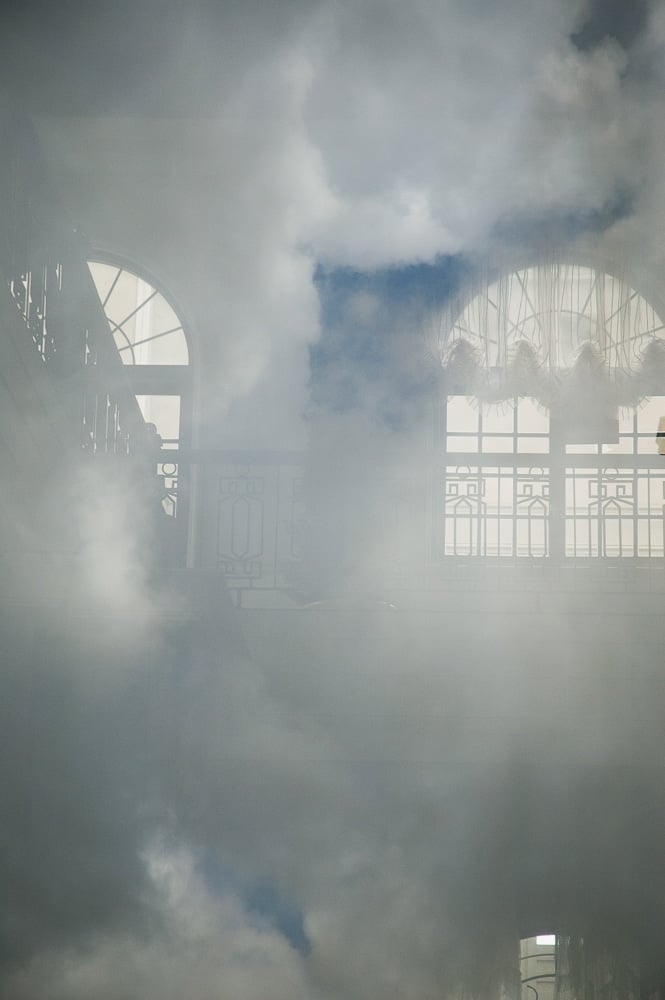
4. Come to the same place at a few different times of day.
If you know you’ll have time to go to the same place more than once, you can devote your first trip to careful observation.
Is this a place that would be more fascinating early in the morning?
Or will it be more dramatic as the sun sets?
Perhaps you want to photograph a busy farmer’s market, but it turns out most people show up early to get the freshest produce.
You can learn all this by visiting once to scout it out, and then again to photograph.
The second time you visit, you’ll already have scoped out some of the most interesting parts of the market and can head directly to them to photograph.
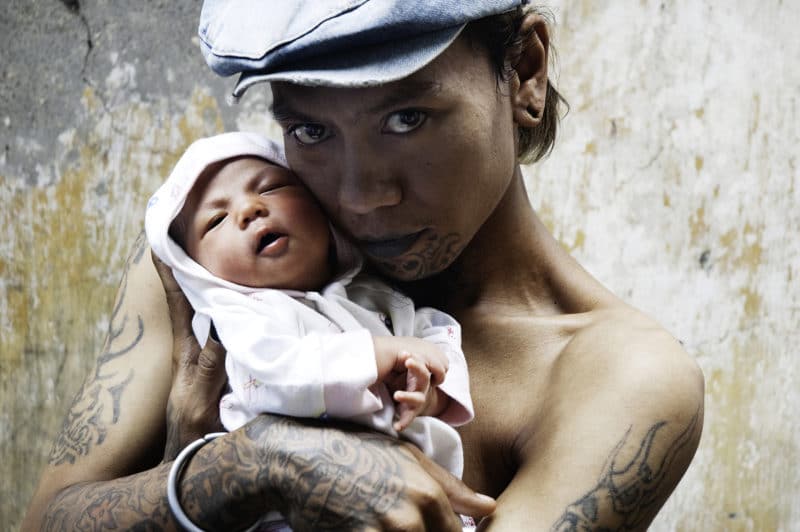
5. Focus on the people who make the place.
Sure, there are myriad beautiful and extraordinary destinations to explore around the world.
For me, though, it’s the people that make me remember a place.
In fact, let me share a few storytelling photography ideas.
If you meet someone interesting in your travels, ask if you can watch them doing what it is they do, and photograph the process for your blog.
For example, perhaps you meet a friendly bartender.
How does she create her signature drink?
As you’re photographing her, ask questions.
“How long have you been working as a bartender?”
“What do you like to do in your free time?’
If the relationship develops and you feel comfortable, ask her if you can take some photos of her in her free time.
Maybe you meet a farmer who has introduced organic practices to his village.
Ask if you can take some photos of his crops, of where he stores his harvest, or him working.
What does his family eat for breakfast?
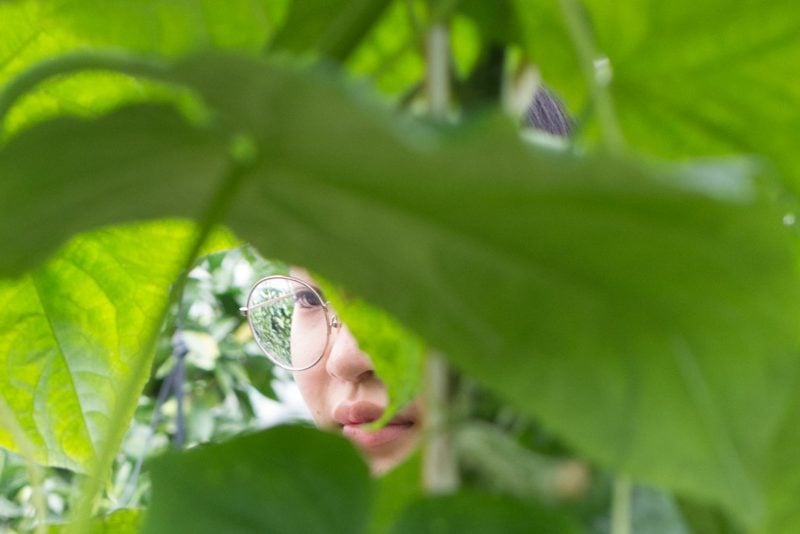
Ask from a place of sensitive curiosity, using your intuition to understand when you’ve asked enough questions.
But, most important:
Don’t be afraid to ask questions, because this helps you develop as a photographer and storyteller.
Your story about this one interesting person can get your readers interested in visiting this area, and reading your blog more often.
I’m convinced that meeting local people is one of the best ways to really engage with a place.
Moreover, it’s one of the most interesting things you can share with your travel audience.
By the way, I recently created a free online photography course which teaches you to take more engaging photos of people.
The course is perfect for travelers who want to add to their storytelling toolbelt and learn to put together compelling photo stories.
Sign up for the free one-week course here (or click the image below!):
One other note about photographing people:
Sometimes those photos don’t actually have to be of people.
They can be about the artifacts they leave behind, the spaces they inhabit, or gifts they’ve given.
Can any of these approaches help you tell your story?
These are the creative questions to ask yourself.
6. Visit places you wouldn’t normally have access to as a traveler by going with someone from the area.
You can find these opportunities by using Couchsurfing (with has accommodation and local meetup forums), finding local area Facebook groups or just talking to people you meet.
Another idea:
Reach out to tourism colleges in the area.
When you head out with your local guide watch their social cues in order to have the best experience possible.
Are they being quiet for some important reason?
Have they put their camera down as someone passed?
Observing their social clues will make you the most respectful traveler photographer possible.
Your new friend will offer you an insider’s perspective about this new place you’re visiting.
They can recommend events, take you to little-known places, or invite you to weddings.
Yes, you read that right.
And I speak from personal experience!
Quite honestly, this is one of my favorite tips for taking better pictures on the road.
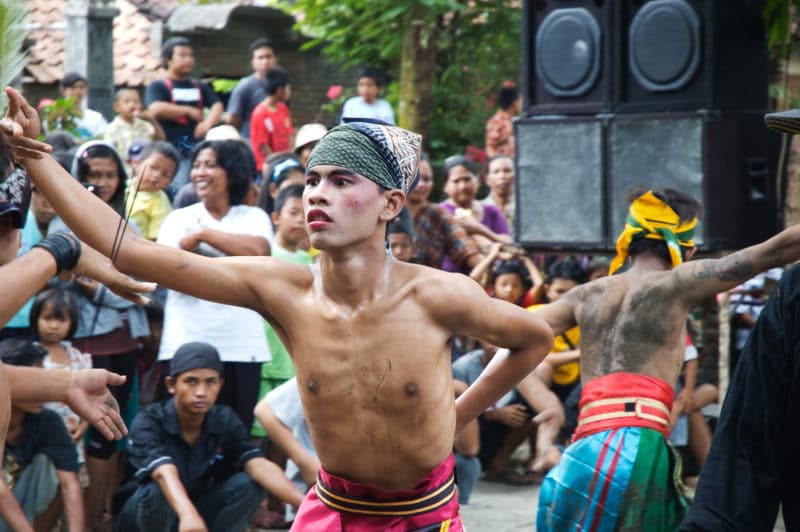
7. Do your research.
When you’re trying to tell stories with photos, knowing a place’s background is useful.
Take some time to read about the place you’re going.
Perhaps you can even infuse some of the history of the place into your images.
Imagine you are a character from the history you’ve read of the place.
What would that person focus on when taking photographs?
Note: Don’t be too concerned about whether cameras existed in their day.
Try a day of photographing in their shoes.
8. Put your camera down.
“But Willow, didn’t you already say this?”
Yes, I did.
When you are traveling, it’s easy to get overwhelmed by a sense of responsibility to document everything at all times.
My opinion?
This habit is detrimental to good storytelling.
Thinking deeply about your purpose and what you share with your audience will only serve to make your message clearer.
Putting your camera down to think about what you want to convey will make you a better storyteller.
If you want to up your storytelling game and learn to tell compelling visual stories about people, join my free email course.
9. Create an organizational system.
If you take photos you’re proud of and want to share, but then can’t find them, what good will that do you?
The solution:
Spend time getting organizational systems in place.
Here are some ways I manage my photos:
I save my images to two external hard drives.
I like to use WD external drives because they are affordable, plug directly into my computer and are compact.
Why two?
If you only save photos in one place, anything can happen.
If you save them in two places, your images are much safer.
I never erase/reformat my memory cards until I’ve saved my images to at least two external hard drives.
When organizing in the external hard drives, there are good systems to have in place.
My favorite F word is “folders”, at least when I’m talking photography.
Folders are your best friend.
I like to save my images by year and location, then specific location/assignment.
Once I process the images, I sort them by larger unedited images, edited large images, and finally images edited for web.
It might look something like this:

The reason I save by year and location is so I don’t have to look through 100 folders before finding the project.
Admittedly I have a bad memory, but I can usually at least remember what country I was in and what year.
The result of this organization?
Later, when you need the images, they’ll be easy to find.
Bonus:
You’ll already have images sized for web to share on social media.
Moreover, if one external hard drive fails, you have a backup.
If you prefer to use the cloud or online storage, you can use the same principles, but should still save in two places.
Another way to up your photography game:
Keep track of what you’re doing with notes on:
- Your camera settings — and, by the way, you can find some of the best travel cameras right here
- How to get to specific locations that you may want to revisit later
- The personal details of people you photographed for captions or blog posts
- Your feelings when you visit specific places.
Keep these notes in a small notebook or journal, in your phone, or in audio files.
10. Stop thinking about doing it and just do it.
Overthinking can be detrimental.
Sure, being well-educated and considering all angles is good.
But even more important is imperfect action.
As in, doing the best you can. You can only learn and grow from this.
At some point, it’s just time to get out, take photos, make mistakes and then try again the next day.
11. Ignore all my advice and find your own path for travel photography ideas.
People always say you should learn the rules so you can understand when and how to break them.
I agree.
Learning visual storytelling techniques, photographic theory and camera mechanics — as well as viewing work from some of the best travel photographers — is valuable.
But once you’ve studied up on all of that, it’s important to use your intuition to feel out what fuels you.
There is no right answer when it comes to storytelling through images.
Use your personal interests to define what you will photograph, and how you will approach it.
It’s all a process.
The more you practice the craft of making photographs, the more adept you will become.
Follow your curiosity and just keep getting out there taking photos.
Finally, I’d love to keep in touch! Want to share your travel feed with me? Tag me in your photos on Instagram @WillowPauleFoto.
About Willow Paule

Born in the US, Willow began traveling internationally as a teen. Willow is a documentary photographer, educator & blogger. Her photos tell the intimate stories of everyday people & their extraordinary lives. She blogs about photography, creative risk-taking & bringing vulnerability into photography work.
Love free photography classes?
Sign up for her FREE e-course *Create A Compelling Photo Story In One Week* here.
*All images above by Willow Paule. Featured image via Jose Aragones/Pexels.
Enjoyed this post? Pin it for later!

Hi, I’m Jessie on a journey!
I'm a conscious solo traveler on a mission to take you beyond the guidebook to inspire you to live your best life through travel. Come join me!
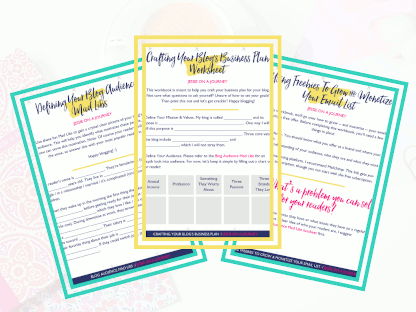
Want to live your best life through travel?
Subscribe for FREE access to my library of fun blogging worksheets and learn how to get paid to travel more!

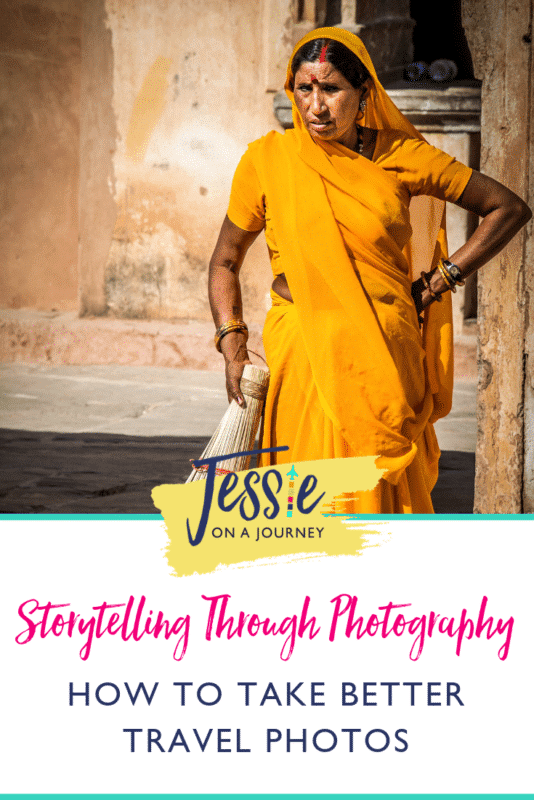

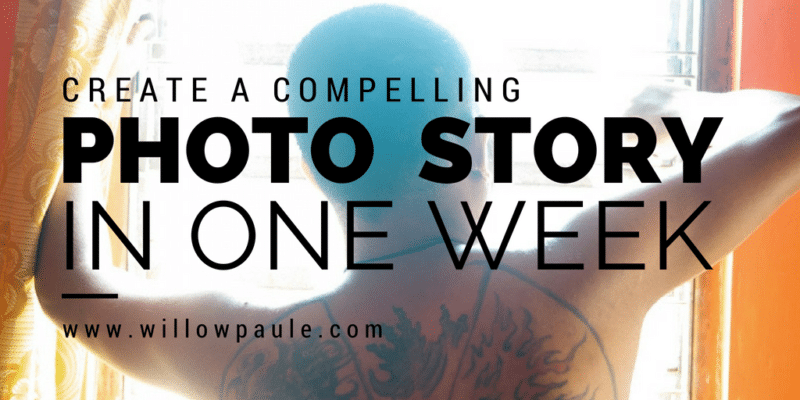

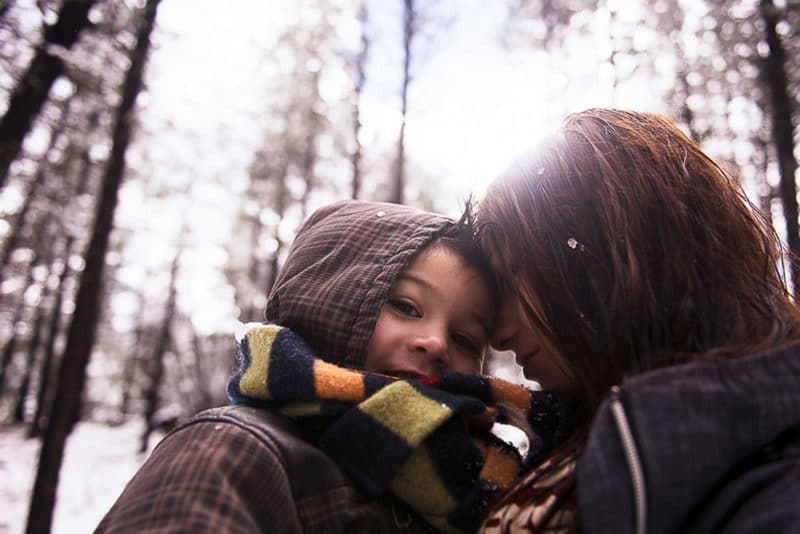
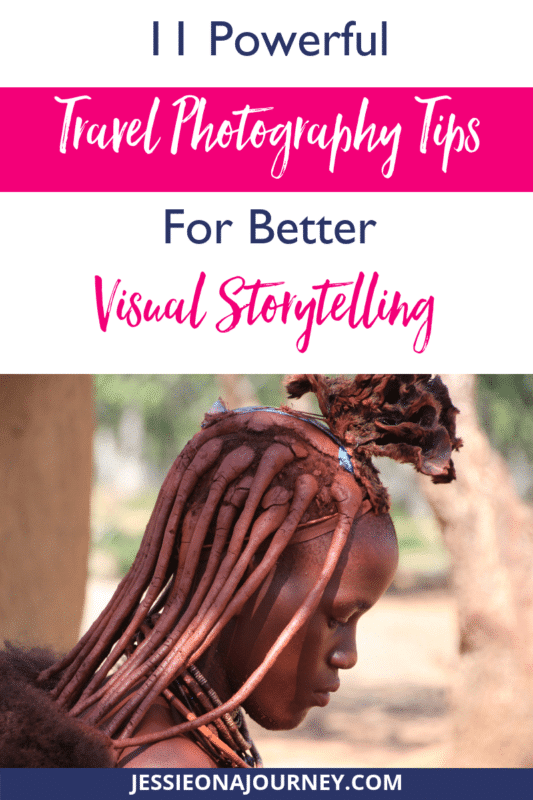

Gear up for an immersive online session for strengthening your fundamentals with a mentor as good as Gurpreet Gulati and experience yourself in a Lightroom workshop.
This 3 day total immersion workshop is the perfect combination of fantastic learning and expert Lightroom training. You’ll learn how to apply Gurpreet’s simple step-by-step workflow and image editing techniques to photos you shoot during the week.